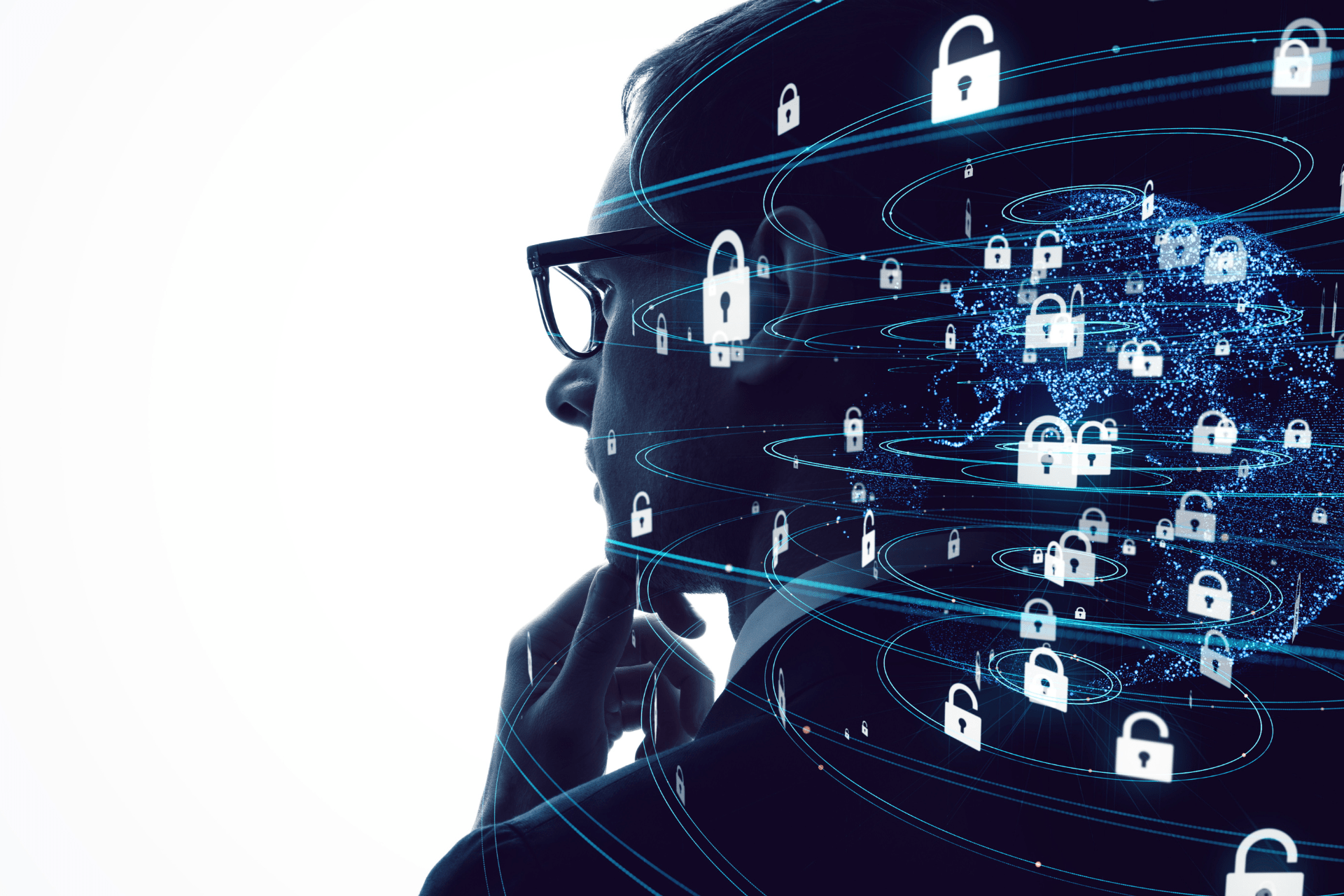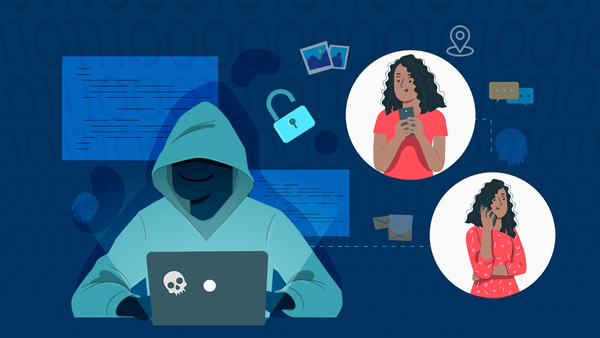Decoding Cyber Safety: Unraveling the Psychology Behind Online Protection
Cyber safety hinges on understanding human behavior. By addressing biases and emotions, we can empower users to make safer online decisions.

In today’s digital age, cyber safety stands as a formidable shield against the ever-evolving landscape of cyber threats. However, effective cyber safety strategies must not only rely on technological solutions but also delve into the intricate realm of human behavior. Understanding the psychology behind cyber safety is paramount for crafting robust defenses against online vulnerabilities. This article navigates through the multifaceted aspects of human behavior that shape cyber safety decisions, exploring themes such as risk perception, decision-making biases, social influence, and psychological factors like greed and the illusion of control.
Risk Perception in Cyber Safety
The human perception of risk is a pivotal factor in cyber safety, shaping individuals’ responses to potential threats. Whether it’s underestimating the risks of clicking on suspicious links or overestimating the prevalence of phishing attacks, cognitive biases such as the optimism bias and availability heuristic significantly influence how individuals perceive and prioritize cyber safety risks. By recognizing and addressing these biases, cyber safety professionals can develop more effective risk communication strategies and security measures that resonate with users’ perceptions and behaviors.
Decision-Making Biases in Cyber Safety
Human decision-making in cyber safety is often susceptible to various cognitive biases that can compromise online security. The anchoring effect, for instance, leads individuals to rely too heavily on initial pieces of information when making decisions, leaving them vulnerable to manipulation tactics used by cybercriminals. Additionally, the fear of consequences, such as financial loss or reputational damage, can drive individuals to make hasty decisions without fully assessing the potential risks. Understanding and mitigating these decision-making biases are essential for promoting informed and secure online behavior.
The Impact of Social Influence on Online Behavior
Social influence plays a significant role in shaping online behavior and cyber safety decisions. Individuals are influenced by the actions and opinions of others, both in their personal and professional networks. This influence can lead to peer pressure to engage in risky online activities or conformity to social norms regarding security practices. Furthermore, social engineering attacks capitalize on social influence principles to manipulate individuals into divulging sensitive information or performing actions that compromise security.
Greed and Financial Motivations
Greed serves as a powerful motivator for cybercriminals, driving them to engage in fraudulent activities such as phishing scams and financial fraud. By exploiting the lure of financial gain, cybercriminals manipulate individuals into disclosing sensitive information or falling victim to monetary schemes. Understanding the role of greed in cyber safety is critical for implementing strategies to prevent financial exploitation and protect against monetary losses.
The Illusion of Control
The illusion of control is a pervasive psychological phenomenon wherein individuals believe they have more control over outcomes than they do. In cyber safety, this can manifest as individuals overestimating their ability to protect themselves against cyber threats or engaging in defensive behaviors that provide a false sense of security. By addressing the illusion of control through education and awareness initiatives, cyber safety professionals can help users develop a more realistic understanding of their role in protecting against cyber threats.
Fear and Anxiety
Fear and anxiety can significantly impact cybersecurity decisions by influencing risk perception and behavior. Individuals may feel overwhelmed by the perceived threats of cyberattacks and become more susceptible to manipulation tactics used by cybercriminals. Moreover, fear of consequences such as financial loss, reputational damage, or legal repercussions can lead individuals to make hasty decisions without considering the potential risks carefully. Addressing fear and anxiety through education, awareness campaigns, and effective risk communication strategies is essential for promoting calm, rational decision-making in cybersecurity.
Trust and Social Relationships
Trust is a fundamental aspect of human relationships, both offline and online. In cybersecurity, individuals often rely on trust to interact with websites, apps, and other online platforms. However, this trust can be exploited by cybercriminals who impersonate trusted entities to deceive users into disclosing sensitive information or engaging in risky behaviors. Understanding the dynamics of trust and how it can be manipulated in the digital realm is essential for fostering a secure online environment and protecting against social engineering attacks.
Cognitive Dissonance
Cognitive dissonance refers to the psychological discomfort that arises when individuals hold conflicting beliefs or attitudes. In cybersecurity, cognitive dissonance can occur when individuals engage in risky online behaviors despite knowing the potential consequences. For example, individuals may justify clicking on suspicious links or sharing personal information online by convincing themselves that nothing bad will happen to them. Addressing cognitive dissonance requires challenging individuals’ beliefs and attitudes about cybersecurity through education, training, and awareness-raising initiatives.
Self-Efficacy and Empowerment
Self-efficacy refers to individuals’ belief in their ability to achieve goals and overcome challenges. In cybersecurity, individuals with high self-efficacy are more likely to take proactive steps to protect themselves against cyber threats, such as using strong passwords, installing security software, and practicing safe browsing habits. Empowering individuals to take control of their cybersecurity through education, skills development, and access to resources can enhance their resilience to cyber threats and promote a culture of cybersecurity awareness.
Conclusion
In conclusion, the intersection of psychology and cyber safety unveils a complex landscape of human behavior that influences online protection strategies. By understanding the psychological factors at play, cyber safety professionals can devise more nuanced and effective approaches to safeguarding individuals and organizations in the digital realm. Through targeted education, awareness campaigns, and the implementation of user-centric security measures, we can foster a culture of cyber safety resilience and empower users to navigate the digital landscape with confidence and security.





